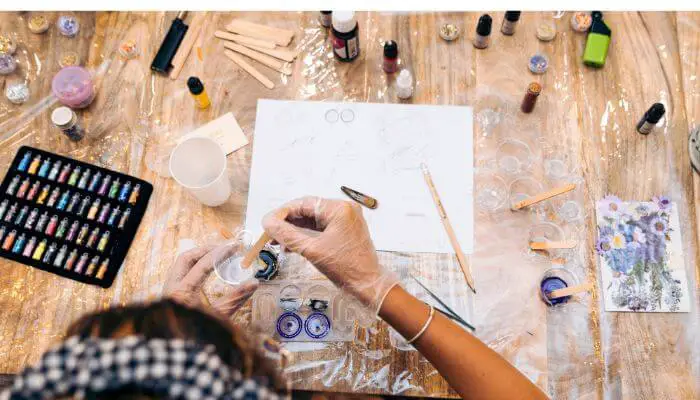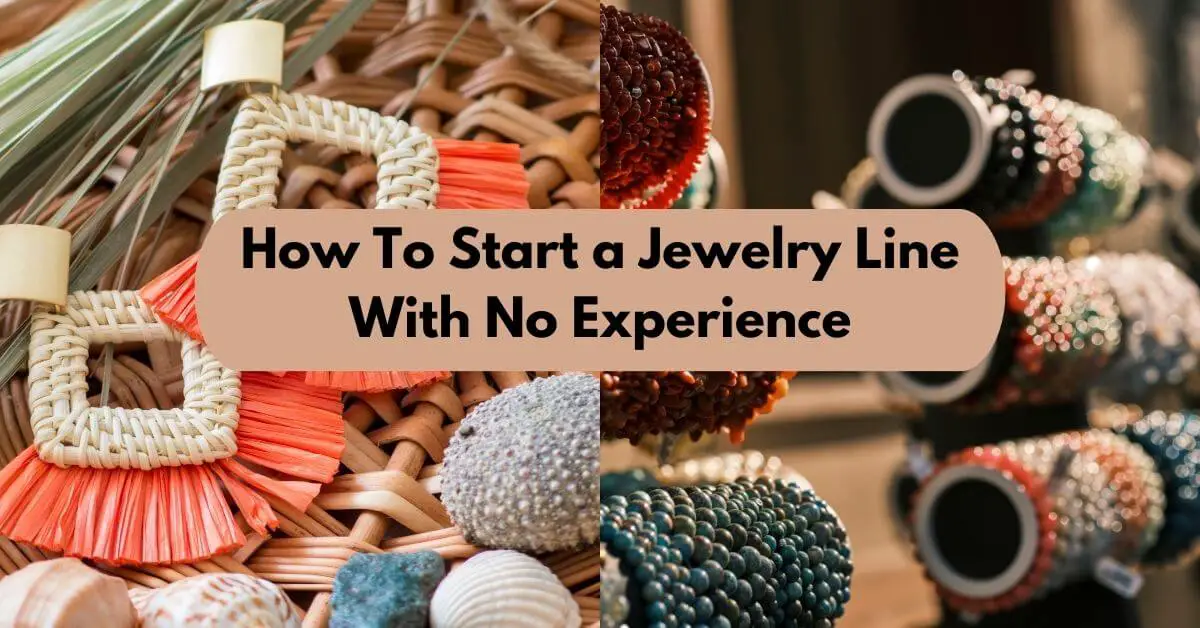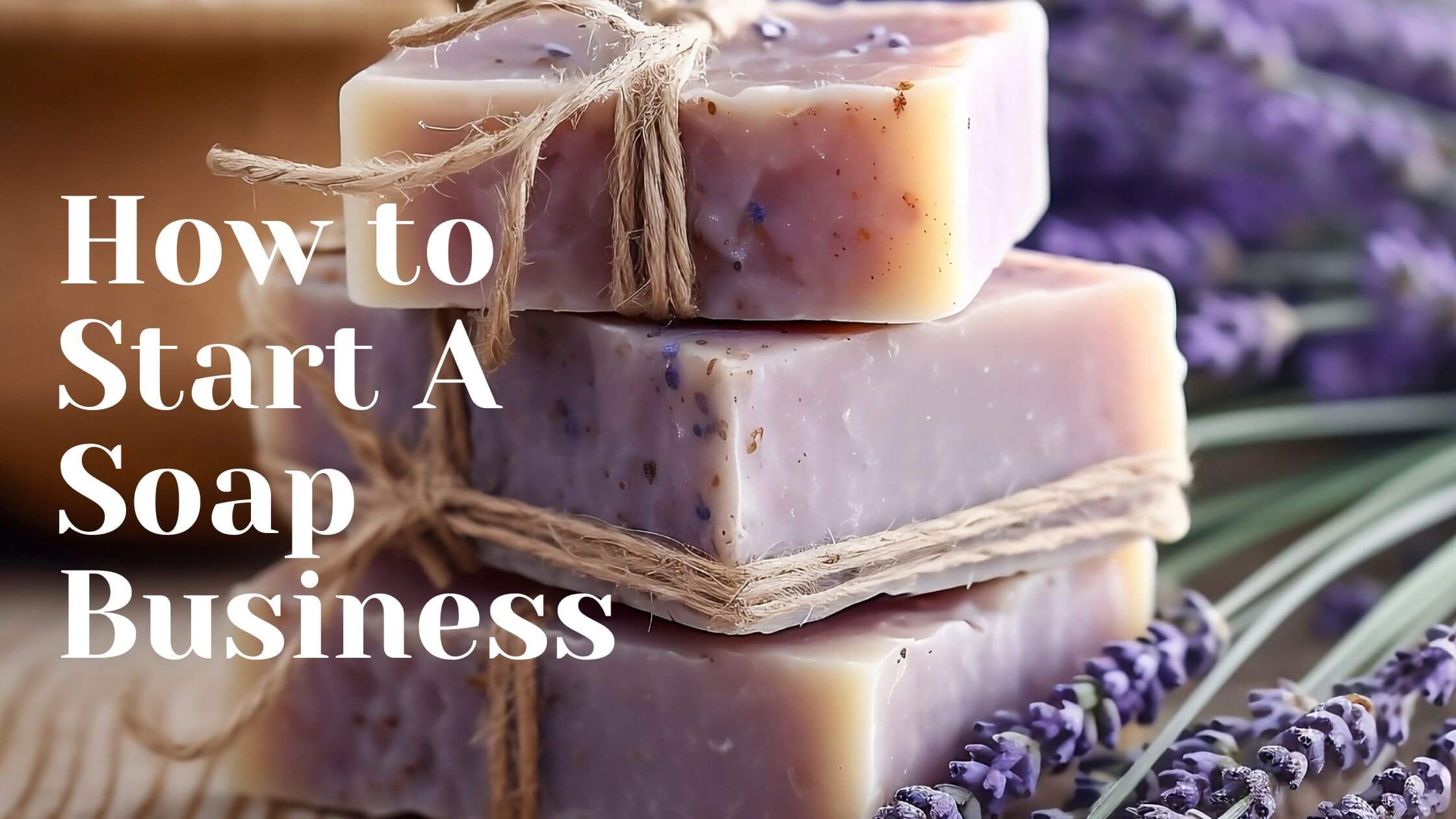Have you ever looked at a beautifully crafted necklace or a pair of dazzling earrings and thought, “I wish I could create something like that, but I have no experience!”
Well, you’re not alone!
The idea of starting a jewelry line can feel overwhelming, especially if you’ve never picked up a pair of pliers or worked with gemstones before. But here’s the good news: you don’t need years of experience to start a successful jewelry business. All it takes is passion, creativity, and a willingness to learn along the way.
The reason why I am telling that this is a lucrative market is the total market value is more than 350 billion dollar in 2024. The market size is increasing day by day. Do you want to learn real success stories to get some more inspiration? Here are some success stories in Jewelry business.
A Step By Step Guide To Start a Jewelry Line With No Experience
Let’s break down the entire process of starting a jewelry line with no experience. Keep on reading below to find out more:
Step 1: Find Your Niche
Before you jump into designing or creating your first piece, it’s crucial to define your niche. The jewelry industry is vast, and trying to appeal to everyone can dilute your brand and make it harder to stand out. Finding a niche allows you to focus on a specific type of customer and craft jewelry that resonates with them.
Why It Matters
A niche allows you to carve out your own space in the market, reducing competition from more generalized jewelry brands. Knowing exactly who you’re designing for helps you tailor your products and marketing efforts, making your business more focused and efficient.
How to Find Your Niche
1. Identify Your Passion and Skills
Start by choosing a niche that aligns with your interests and strengths. What type of jewelry do you enjoy making? Do you have a particular design style or technique you’re skilled at? Creating something you love will keep you motivated and help your designs stand out.
Example Niche: If you’re skilled in wire wrapping, consider a niche like boho-chic gemstone jewelry.
2. Research Market Trends
Look into current and emerging trends in the jewelry industry. Platforms like Pinterest, Etsy, and Instagram are great for trend-spotting. Find trends that match your style and skills, and consider how they fit into the larger market.
Example Niche: If sustainable fashion is growing, you could focus on eco-friendly, upcycled jewelry.
3. Understand Your Target Audience
Define your ideal customer—think about their lifestyle, style preferences, and values. Cater your designs to meet their specific needs or interests.
Example Niche: For young professionals, you might create minimalist office jewelry that complements their work wardrobe.
4. Evaluate the Competition
Study your competitors to identify gaps in the market or ways you can offer something unique. Look for ways to differentiate through design, materials, or price.
Example Niche: If custom jewelry is popular, you could focus on personalized birthstone jewelry for mothers.
5. Test Your Ideas
Create a small collection and gather feedback through social media or pop-up events. Use the feedback to refine your niche and adjust your designs based on customer preferences.
Example Niche: If customers respond well to certain gemstones, you could specialize in custom gemstone jewelry with healing properties.
6. Consider Profitability
Ensure your niche is financially viable by calculating costs and setting competitive prices. Make sure your target audience is willing to pay for your designs while ensuring a profit.
Example Niche: If premium jewelry is too costly, consider affordable gemstone jewelry for everyday wear.
Step 2: Learn the Basics of Jewelry Design and Materials
Once you’ve identified your niche, it’s time to get familiar with the basics of jewelry design and materials. Don’t worry if you’ve never made jewelry before—this is a step where you can really dive into learning and experimenting.

Why It Matters
Having a basic understanding of jewelry design and materials will give you the confidence to talk about your products and build trust with your customers. Also, knowing the materials helps you to ensure the quality of your pieces, which is essential for customer satisfaction and long-term success.
How to Get Started:
- Take Online Courses: There are plenty of online platforms like Skillshare, Udemy, or Coursera that offer beginner-level jewelry design courses. You can learn how to work with metals, beads, wire, and other common materials used in jewelry making.
- Experiment with Materials: Start small by experimenting with affordable materials like copper or brass before moving on to more expensive options like gold or silver. Learn about the various types of metals, beads, gemstones, and findings (such as clasps and chains).
- Learn Jewelry-Making Techniques: Depending on your niche, you may want to learn specific techniques like wire-wrapping, soldering, beading, or metal stamping. YouTube is a goldmine of free tutorials that can walk you through the basics of these techniques step by step.
- Sourcing Materials: Once you know what materials you’ll use, you’ll need to find reliable suppliers. Look for local or online vendors that offer quality materials at reasonable prices. Consider ordering samples first to test the quality before committing to bulk purchases.
The more you will focus on your learning, the more you will be skilled to make high quality jewelry.
Step 3: Start Designing Your First Collection
Now that you’ve researched your niche and learned the basics of materials and design, it’s time to start working on your first jewelry collection. This is where you get to let your creativity shine!
Why It Matters
Your first collection is a reflection of your brand’s identity, so it’s important to make a strong impression with your designs. Make sure to design a cohesive collection to showcase on your website and social media and gather feedback from your target audience. This will help you to refine your products in the future.
How to Design Your Collection:

- Draw Inspiration: Whether you’re inspired by nature, architecture, or fashion trends, start by collecting images, colors, and textures that speak to you. Pinterest and Instagram are great places to gather inspiration and create mood boards.
- Keep it Simple: Since this is your first collection, aim for a cohesive yet simple range of designs. You don’t need to create dozens of pieces right away. Instead, focus on 5-10 items that complement each other and reflect your brand’s style.
- Create Prototypes: You don’t need a full-fledged studio to start creating your first pieces. You can experiment with designs at home using basic jewelry-making tools and materials. Try to create one prototype of each design to see how it looks and feels in person.
- Seek Feedback: Share your prototypes with friends, family, or potential customers in your target market. Their feedback will be invaluable in refining your designs and making sure your collection resonates with your audience.
- Consider Outsourcing: If you’re not confident in your own design or jewelry-making skills, you can collaborate with freelance designers or manufacturers. Websites like Fiverr and Upwork can connect you with professionals who can help bring your ideas to life.
Step 4: Set Up Your Budget
Starting any business requires some upfront investment, and a jewelry line is no different. However, the costs can vary significantly depending on the type of jewelry you create and how you source materials or produce. It’s essential to set up a realistic budget early on to ensure you don’t overspend or run into financial trouble later.
Why It Matters
A clear budget helps you avoid unexpected costs and manage your business more effectively. It also helps you avoid unexpected costs and manage your business more effectively. Understanding where to invest your money will prevent debt and help you grow steadily.
Step 5: Legal Considerations
Legal matters might seem intimidating at first, but setting up your jewelry business properly from the start is crucial for protecting your brand, products, and financial future. It ensures that your business is operating within the law and safeguards your creations.
Why It Matters
Proper legal setup helps protect your personal assets and establishes your business as a legitimate entity. Safeguarding your brand name and unique designs also ensures that no one can copy or infringe upon your intellectual property.
Steps for Legal Setup:
- Register Your Business: Choose your business structure and business name and register it with your local government or authority for added protection.
- Obtain Business Licenses and Permits: Check local regulations to see if you need any specific licenses or permits to operate. Jewelry businesses may require a general business license, a sales tax permit, or even a home occupation permit if you’re working from home.
- Understand Tax Obligations: Depending on where you live, you may need to charge and collect sales tax for the products you sell. Consult a local tax professional or accountant to ensure you’re aware of all your tax obligations and how to file them.
- Trademark Your Brand Name or Designs: If you have a unique business name, logo, or jewelry design that you want to protect, consider trademarking it. This prevents other companies from using your brand name or copying your original designs.
- Insure Your Jewelry Business: Jewelry businesses face risks like theft, damage, or customer claims. Consider getting business insurance to protect yourself from unexpected events, especially if you’re handling valuable materials like gold or diamonds.
- Contracts with Suppliers and Manufacturers: If you plan to work with suppliers or manufacturers to produce your jewelry, make sure to draft clear contracts. This will protect you if something goes wrong with the quality of your orders or shipments.
Step 6: Price Your Jewelry
Pricing your jewelry is one of the most critical steps in building a profitable and sustainable business. You need to strike the right balance between covering your costs and offering a price that’s competitive and attractive to your target market. It’s important to price your pieces thoughtfully to ensure you’re making a profit while still appealing to your customers.
Why It Matters
Setting the right price ensures that you’re not only covering your costs but also making a profit that will sustain and grow your business. Incorrect pricing can hurt your business in the long run, leading to financial strain or a loss of customers.
How to Price Your Jewelry:
- Calculate Your Costs: Add up the costs of all the materials, labor, and overhead that go into each piece of jewelry.
- Factor in Markup: To make a profit, you’ll need to add a markup to your base cost. The typical markup in the jewelry industry can range from 2 to 3 times your cost.
- Research Competitor Pricing: Look at what other jewelry designers in your niche are charging. This will give you an idea of where your pricing should fall. Make sure you compare products with similar materials, craftsmanship, and target audiences to ensure a fair comparison.
- Adjust for Retail and Wholesale: If you plan to sell wholesale to retailers, you’ll need to offer a lower price point (often 50% of your retail price) to give the retailer room to mark up your products. Make sure your retail price is high enough that you can still make a profit on wholesale orders.
If you candle lover, here is my guide to start a candle business.
Wrapping Up
Starting a jewelry line without prior experience can be a rewarding journey if you take the right steps. From defining your brand and building a unique collection to pricing your pieces, establishing an online presence, and forming lasting relationships with customers, each phase brings you closer to success. It’s important to stay organized, creative, and adaptable as you grow your business.
While the process might seem overwhelming at first, remember that every successful jewelry brand started somewhere—just like you are now. With careful planning, passion, and perseverance, you can turn your vision into a thriving jewelry line that reflects your unique style and appeals to your target audience.
So, take it one step at a time, and don’t forget to enjoy the process of turning your creative passion into a fulfilling business!







